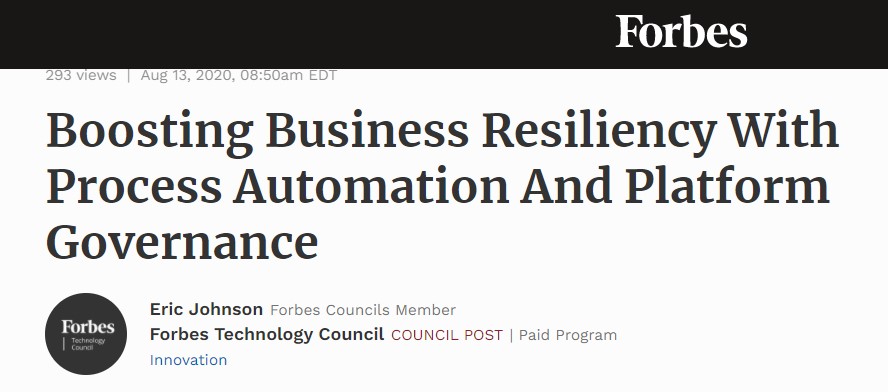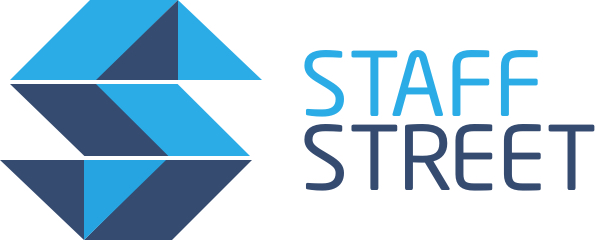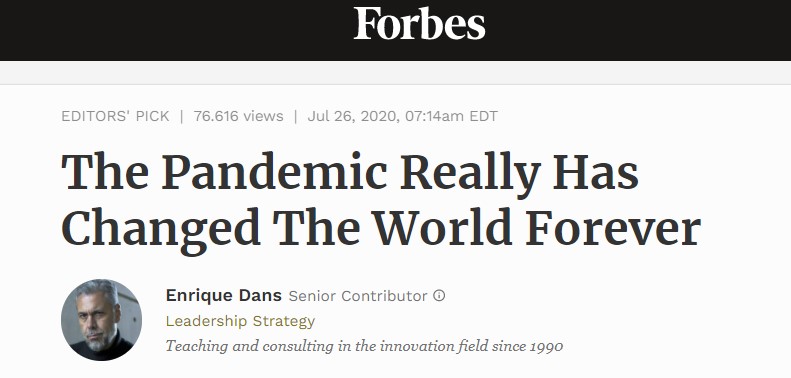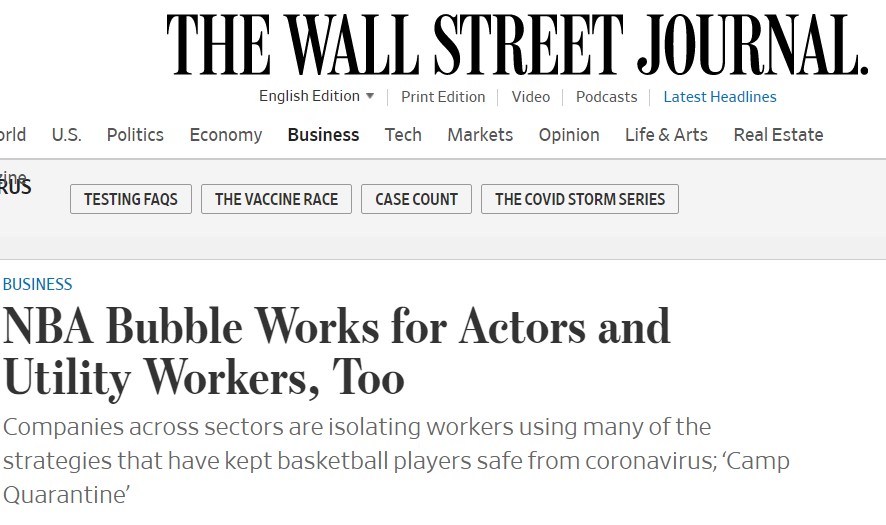If your work environment is the same as it ever was before the pandemic, then you’re probably doing better than most. It only takes a quick glance at the headlines to know that the pandemic is bringing dramatic changes for people and businesses everywhere else. For many, there’s no turning back.
And as the world battles the health crisis, businesses must seize opportunities for radical change and growth. Read the following Staff Street guide on how you can improve your way of doing business and sustain profit through the crises.
One: Survey the Battlefield
Good news: businesses are actually recovering. According to the US Chamber of Commerce, around 85% of small businesses surveyed are opening their services again. But just because they’ve reopened does not mean that their financial problems are a thing of the past—nor are their worries about outlasting the pandemic.
“Two thirds of small businesses (65%) are concerned about having to close again or stay closed if there is a second wave of COVID-19”
– The United States Chamber of Commerce
There are many ways that businesses are changing to cope with the pandemic’s mounting challenges. The most immediate and common solution includes shifting processes online. In April, almost half of all employed adults in the United States were working from home, showing a dramatic rise from the gradual 2%-3% annual increase.
Of course, working from home is not a solution for everyone. Other industries, especially restaurants and retail—which experienced majority of the closures this year—require more holistic strategies.
Two: Focus on Survivability
INSEAD Management Professor Quy Huy says that businesses have to implement more radical changes in their organizations. If they really want to transform themselves, they need to focus, first and foremost, on their organizational strength.

Clearly, surviving the pandemic requires businesses to do more than just change tools and digitize operations. Companies have to focus on choosing strength-over-profit. More importantly, businesses need to develop strategies to get them through not just this pandemic, but also future environmental, political, and economic shocks.
“Business strategies after COVID-19 will be less about beating your economic competitors, and more about how businesses can contribute to combating a larger, shared enemy.”
– Professor Quy Huy, Professor of Strategic Management at INSEAD
Three: Strengthen Network Integrity
Building institutional strength is done on two levels—externally and internally.
Externally, companies have to examine and identify the weaknesses in their networks.
According to Mohit Joshi, Infosys president and a leader in digital solutions and consulting: long-term resilience requires integrating robotic automation and artificial intelligence into global supply chains. Industries that have relied on less manual work and human intervention are surviving. They can do so primarily because they can meet the objectives of the crisis—reduce human interaction, reduce infections—and still continue operating.

That is not to say that the world is better off breaking apart hardwon global connections. Building global supply chains had long been driven by optimizing profits, reducing costs, and seeking efficiency. But now, companies have to place resilience at the center of building global networks in the post-COVID-19 world.
Businesses have to be strategic in seeking partnerships and networks with companies who demonstrate resilience and the ability to adapt.
- Which companies used robust contingency and continuity plans during the pandemic?
- Which businesses were able to change quickly and manage the pressures of the pandemic?
- What strategies help companies navigate the environmental, political and socioeconomic context that increasingly influence the way we do business?
Choosing the right network partners could spell the difference between bouncing back in a few weeks or in a few months, or not at all.

Four: Sharpen Your Assets
Internally, Professor Huy says businesses really have to think about their organizational strength. One of the most dramatic changes caused by the pandemic was to reveal the weaknesses of different business organizations around the world. Instead of folding, however, businesses should see it as an opportunity to adapt and transform.
Many business strategists are leaning hard on restructuring operations, investing in what will be the future of work:
- integrating automation and artificial intelligence into their systems
- accelerating digitization of their processes
- providing maximum room for remote work operability
- shifting towards collaborative work
But companies must also invest in what is and will always be their most important asset: their people.
Professor Huy highlights the importance of investing in people who are not only strategically prepared for disasters, but also not afraid to point out organizational flaws. This is especially important if such weak points could lead to a disaster, or make an organization less capable of managing the effects of an external one.
Companies must nurture this critical mindset by shaping internal communication systems, and transforming hiring processes to match organizational strength-building.
Five: Hire Better; Build Better
In a Harvard Business Review article, Peter Cappelli says that modern hiring processes are inefficient. In the past, it was the standard practice to rationalize a hiring need before even putting up a job ad. Since then, companies have shifted to a broader combination of
- scanning and poaching talent from competitors
- using automation to amass possible candidates
- relying on external hires than developing internal talent
Every year, companies spend an average of 4,129 USD per hiring job, even though there is little evidence to confirm that these processes work. In addition, most hirings, Cappelli says, are done to fill existing positions left behind by high rates of turnovers. This rapid change results from an environment of poor career opportunities inside many companies. Needless to say, choosing external hires over developing an existing talent pool only reinforces these inefficiencies.
Hiring people is a tough job, no doubt about it. This is why companies like StaffStreet exist, to provide specialized skills-matching and hiring services.
But no matter how efficient these companies can be, businesses that seek their services must have a deep and thorough understanding of the kind of people that they need to move their company forward. The pandemic provides a chance for businesses to change and improve, starting with people management.

In summary, it is important for businesses to reflect and reconfigure their
The road ahead is uncertain, but the work is clear.
Businesses have to build their strength, develop resiliency, and adapt if they want to survive the global crises today, and, beyond that, thrive.





Pingback: Five Things To Remember In Choosing a Productivity Tool - Staff Street